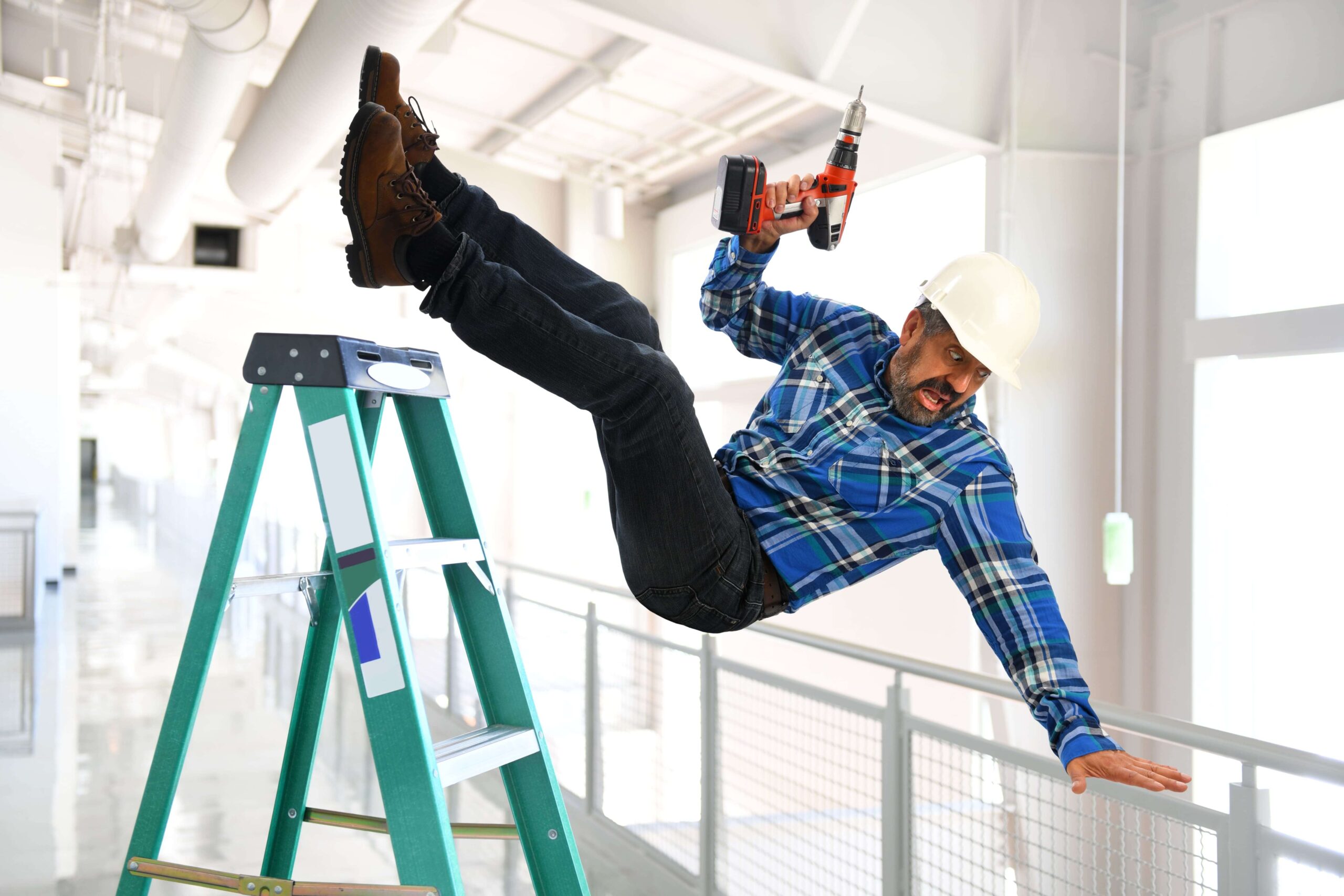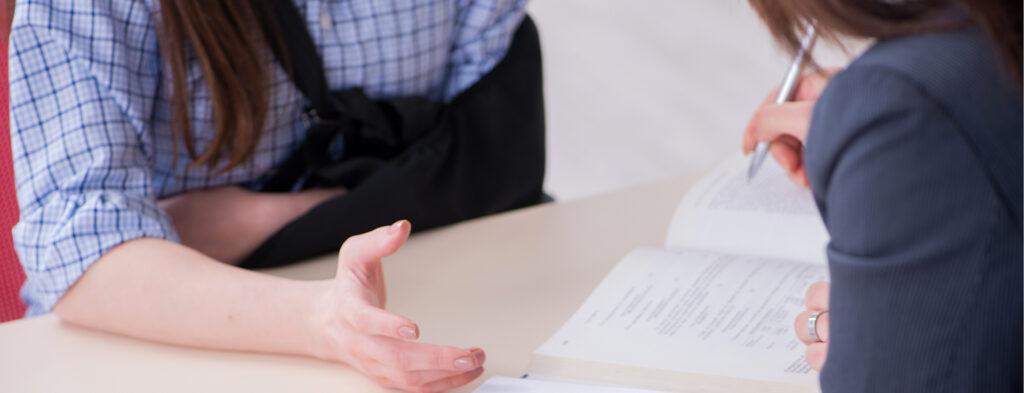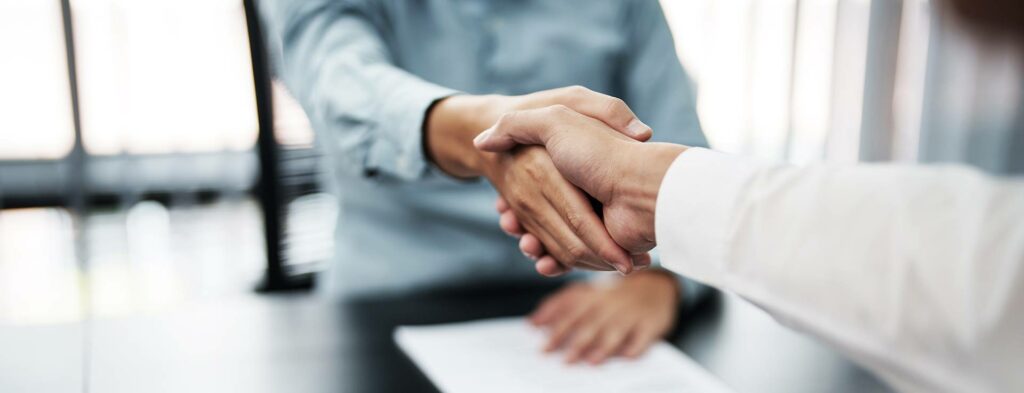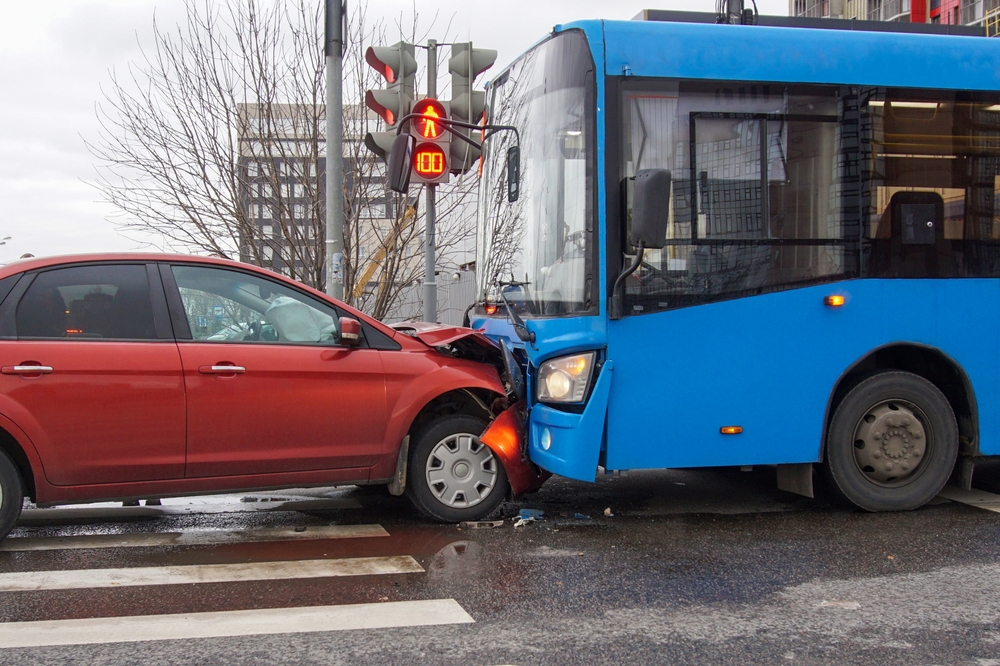Slips, trips, and falls are among the most common accidents that occur in the workplace, and they can lead to serious injuries if not addressed. These accidents typically happen when employees lose their balance due to wet floors, uneven surfaces, or obstacles in their path. In fact, slips, trips, and falls in the workplace make up a significant portion of workplace injuries—what percentage of workplace accidents are slips, trips, and falls? Around 25% of all workplace injuries are related to these types of accidents. Understanding how to avoid slips, trips, and falls in the workplace is key to creating a safer environment for your team and reducing potential risks.
What Are The Most Common Causes and Risk Factors?
Slips, trips, and falls are among the leading causes of workplace injuries, and understanding the most common causes and risk factors is essential for preventing these accidents. Let’s explore some of the primary causes of slip and fall accidents in the workplace and the factors that make these incidents more likely, along with some key data from the U.S. Bureau of Labor Statistics to shed light on the scope of the issue.
Common Causes of Slip and Fall Accidents in the Workplace
The most common types of slip and fall cases are often caused by preventable hazards. Here are some of the leading causes:
- Wet or Slippery Surfaces
Wet floors or slippery surfaces due to spills, leaks, or environmental factors are one of the most frequent causes of slip accidents. In fact, studies show that wet conditions are responsible for a significant percentage of slip and fall injuries in the workplace. - Uneven Surfaces and Obstructions
Obstacles in walkways, such as debris, tools, and uneven flooring, are common trip hazards. This can lead to serious injuries, especially in environments where employees are frequently moving about in high-traffic areas. - Poor Lighting
Inadequate lighting can make it difficult for workers to see hazards like cracks, debris, or uneven surfaces, increasing the risk of accidents. Poorly lit areas, particularly in warehouses or construction sites, contribute to a notable portion of slip and fall incidents. - Improper Footwear
Employees wearing inappropriate footwear—whether it’s not slip-resistant or not suited to the working environment—are more likely to slip on wet or uneven surfaces. Employers should encourage the use of proper safety footwear to reduce these risks. - Cluttered Workspaces
Clutter in workplaces—such as loose cables, improperly stored materials, or obstructed walkways—can increase the likelihood of tripping and falling. Regular housekeeping and organization are critical in preventing these types of accidents.
Risk Factors Contributing to Slip and Fall Accidents
While the causes of these accidents can vary, several risk factors increase the likelihood of slips, trips, and falls:
- Employee Age and Health
Older workers or employees with medical conditions (like balance or vision issues) are more prone to injuries from slips, trips, and falls. Employees aged 55 and older are at a significantly higher risk for serious fall-related injuries. - Lack of Training and Awareness
Workers who are not adequately trained on recognizing hazards or proper safety measures are more likely to experience slip, trip, and fall incidents. Proper training can help prevent these accidents by raising awareness about potential risks and safe behavior. - Weather Conditions
Adverse weather conditions, such as ice, snow, or rain, can create slip hazards in outdoor environments or in entryways, increasing the risk of falls, particularly during the winter months. - Lack of Safety Equipment
The absence of anti-slip mats, safety rails, or fall protection systems can expose employees to unnecessary risk, especially in high-risk areas such as stairways, ramps, or elevated platforms.
Industry-Specific Data: Slips, Trips, and Falls in the Construction Industry
Slip, trip, and fall accidents are particularly prevalent in industries with high physical activity, like construction. According to the U.S. Bureau of Labor Statistics, in 2022, nearly 1 in 5 workplace deaths occurred in the construction industry, with 38.4% of those deaths attributed to falls, slips, and trips. Notably, the construction industry accounted for 47.4% of all fatal falls, slips, and trips in 2022 alone.
In terms of nonfatal injuries, nonfatal falls, slips, and trips in the construction industry that required at least one day away from work occurred at an annualized rate of 31.5 per 10,000 full-time workers during the 2021-2022 period—much higher than the overall private industry rate of 22.6. This highlights the significant risk construction workers face on the job, especially when working in high-risk environments such as scaffolding, ladders, or other elevated areas.Understanding the causes and risk factors of slip, trip, and fall accidents is the first step in reducing these incidents in the workplace. Proactive measures like improving floor conditions, ensuring proper footwear, and training employees can significantly lower the likelihood of these types of accidents. The construction industry, in particular, faces unique challenges, with a higher rate of falls and injuries compared to other industries. For more in-depth information on reducing slips, trips, and falls in the workplace, be sure to read our detailed article on 10 Leading Causes of Slips, Trips, and Falls.
Ten Ways to Prevent Slip, Trip, and Fall Accidents in The Workplace
By implementing these ten simple but effective measures, employers can significantly reduce the likelihood of slip, trip, and fall accidents in the workplace. Creating a culture of safety not only protects employees but also helps prevent costly workplace injuries, worker compensation claims, and potential legal liabilities. Taking proactive steps to reduce slips, trips, and falls in the workplace is a win-win for both employees and employers alike.
- Maintain Clean and Dry Floors Wet or slippery floors are a leading cause of slip accidents. Employers should ensure that floors are kept clean and dry, especially in areas where spills are likely to occur, such as kitchens or bathrooms. Installing slip-resistant mats in high-risk areas can also help prevent accidents.
- Regularly Inspect Walkways and Surfaces Uneven or cracked floors can cause employees to trip and fall. Regular inspections of walkways and workspaces help identify potential hazards like loose tiles, carpeting, or uneven flooring. Ensuring quick repairs will prevent these common trip risks.
- Install Proper Lighting Inadequate lighting can make it difficult for workers to see potential hazards, such as obstacles or changes in floor level. Employers should ensure that all areas—particularly stairways, hallways, and parking lots—are well-lit and that burned-out bulbs are replaced promptly.
- Implement Non-Slip Flooring For workplaces that deal with frequent spills or wet conditions, non-slip flooring is a wise investment. Installing anti-slip surfaces in high-risk areas like entrances, bathrooms, and kitchens can significantly reduce the chances of slip accidents.
- Provide Proper Footwear Employees should be encouraged to wear appropriate footwear for their specific work environment. Slip-resistant shoes can help reduce the risk of slipping on wet floors, especially in industries such as food service, healthcare, or manufacturing.
- Use Warning Signs for Wet Areas Whenever a spill occurs, it’s essential to immediately mark the area with visible warning signs to alert employees. Wet floors or freshly mopped areas should be clearly marked to avoid accidents until the surface dries.
- Train Employees on Safety Practices Proper training can go a long way in preventing slip, trip, and fall accidents. Employees should be educated on the importance of maintaining clean workspaces, identifying hazards, and reporting unsafe conditions promptly. Training on proper lifting techniques can also help prevent falls related to carrying objects.
- Encourage Regular Breaks Fatigue can increase the risk of accidents, as tired workers are more likely to trip, slip, or fall. Encourage employees to take regular breaks, stretch, and rest when necessary to stay alert and focused while on the job.
- Ensure Safe Stairways and Handrails Stairways are one of the most common places for workplace falls. Make sure all stairs are clear of clutter, have secure handrails, and are equipped with non-slip surfaces. Employers should also ensure that stairs are adequately lit and free of hazards.
- Promote a Clean and Organized Work Environment Cluttered workspaces can easily lead to trip hazards. Employers should encourage employees to keep walkways and work areas organized, storing materials properly and maintaining a clear path for movement. Designating specific areas for tools, equipment, and supplies can help prevent clutter from obstructing pathways.
What To Do After An Accident
In the unfortunate event of a slip, trip, or fall accident at the workplace, it’s crucial for both employers and employees to know the correct steps to take to ensure the safety of the injured individual and to comply with legal and insurance requirements. Immediate actions can help minimize the severity of the injury and ensure proper documentation is in place for any potential workers’ compensation claims or legal proceedings.
What Employees Should Do After a Slip, Trip, or Fall Accident:
- Seek Immediate Medical Attention If you or a coworker has been injured, it’s important to seek medical help right away—even if the injury seems minor. Some injuries, such as concussions, sprains, or internal injuries, may not show symptoms immediately, so professional evaluation is essential.
- Report the Incident to Your Employer As soon as possible, notify your employer or supervisor about the accident. Reporting the incident ensures that it is properly documented and allows the employer to take immediate action to address any hazards that contributed to the accident.
- Document the Scene and Injury If it’s safe to do so, take photos of the scene where the accident occurred, as well as any visible injuries. This documentation can be valuable if you need to file a workers’ compensation claim or pursue legal action. Collect witness statements as well, if applicable.
- Follow Medical Advice and Keep Records After seeking medical attention, be sure to follow all medical advice and keep records of your treatment. This includes follow-up visits, medications, and any prescribed physical therapy. These records will be important for filing a claim.
What Employers Should Do After a Slip, Trip, or Fall Accident:
- Ensure Immediate Medical Care for the Employee The first priority for employers should be the health and safety of the injured employee. Ensure that they receive immediate medical attention and assist them in getting to the hospital or clinic if necessary. Provide first aid when applicable.
- Investigate the Incident After ensuring the employee’s well-being, employers should investigate the cause of the slip, trip, or fall. Identify the hazards that led to the accident—whether it’s a wet floor, obstructed walkway, or uneven surface—and take steps to correct them immediately to prevent future incidents.
- File an Incident Report Employers should create a detailed incident report outlining the circumstances of the accident, the actions taken, and the steps that will be implemented to prevent future occurrences. This report will be crucial for insurance purposes and any potential legal matters.
- Notify Insurance and Workers’ Compensation Providers Once the incident has been reported internally, employers must notify their insurance provider and, if applicable, file a workers’ compensation claim. This will ensure that the employee receives the proper medical benefits and that the employer is in compliance with any legal requirements.
- Review Workplace Safety Procedures After the accident has been addressed, employers should review their safety protocols and hazard prevention measures to ensure they are sufficient. This could include updating training, improving hazard identification practices, or making physical changes to the workspace.
To learn more about the specific steps you should take after a slip and fall incident, read our new blog article, What to Do After a Slip and Fall Accident.
Who Is Liable for a Slip, Trip, and Fall Injury
When a slip, trip, or fall injury occurs in the workplace, determining liability can be complicated. Several parties could be responsible depending on the specific circumstances of the accident. Understanding who may be liable for a slip, trip, and fall injury is critical for both employees and employers, particularly if legal action is needed to pursue compensation for medical expenses, lost wages, or other damages.
Potential Parties Liable for a Slip, Trip, and Fall Injury:
- The Employer
Employers are typically responsible for maintaining a safe work environment. If an injury occurs due to hazardous conditions—such as wet floors, uneven surfaces, or blocked walkways—employers could be held liable for failing to address or rectify these dangers in a timely manner. - Property Owners or Managers
If the accident happens in a building or facility not owned by the employer but managed by a third party (for example, an office building or shared space), the property owner or manager could be liable. They are responsible for ensuring that the premises are safe for workers and visitors alike. - Third-Party Contractors
Contractors performing maintenance, cleaning, or other services could be liable if their actions led to a slip, trip, or fall. For example, if a cleaning service leaves a wet floor without proper warning signs, or if a contractor fails to repair a broken floor, they may be responsible for the accident. - The Injured Party
In some cases, the injured individual may be partially or fully responsible for the accident. If the employee ignored safety protocols, was not wearing appropriate footwear, or failed to heed warnings about potential hazards, their actions might reduce the liability of other parties. - Product Manufacturers
If faulty equipment, materials, or products contributed to the injury (such as a defective floor mat or slippery flooring), the manufacturer of those products could be held accountable for the accident. Product defects that directly cause a slip, trip, or fall are often grounds for legal action. - Insurance Providers
Although insurance companies are not directly liable for the accident, they play a significant role in covering the costs of the injury. In cases where workers’ compensation is applicable, the insurance provider will help pay for medical bills and lost wages, depending on the circumstances.
If you have suffered a slip, trip, or fall injury at work, it’s important to understand your rights and explore who may be liable. Understanding who is responsible for your injury can help guide your next steps in seeking compensation. Our experienced personal injury attorneys at Friedman & Throop can help you understand your legal options and fight for the compensation you deserve.
For more information on how to navigate slip, trip, and fall liability, check out our new blog article, Understanding Slip and Fall Liability.



